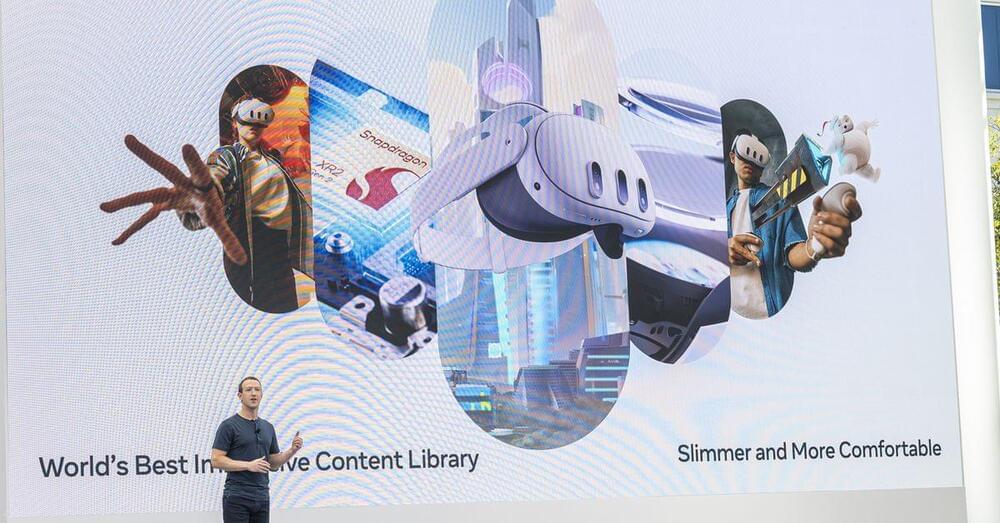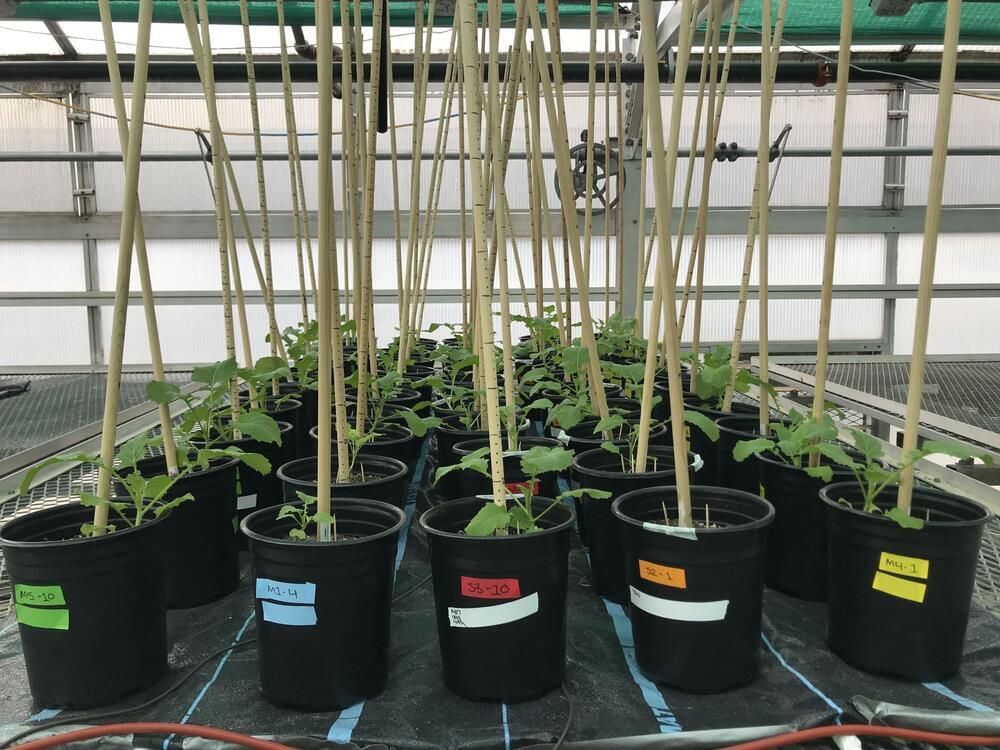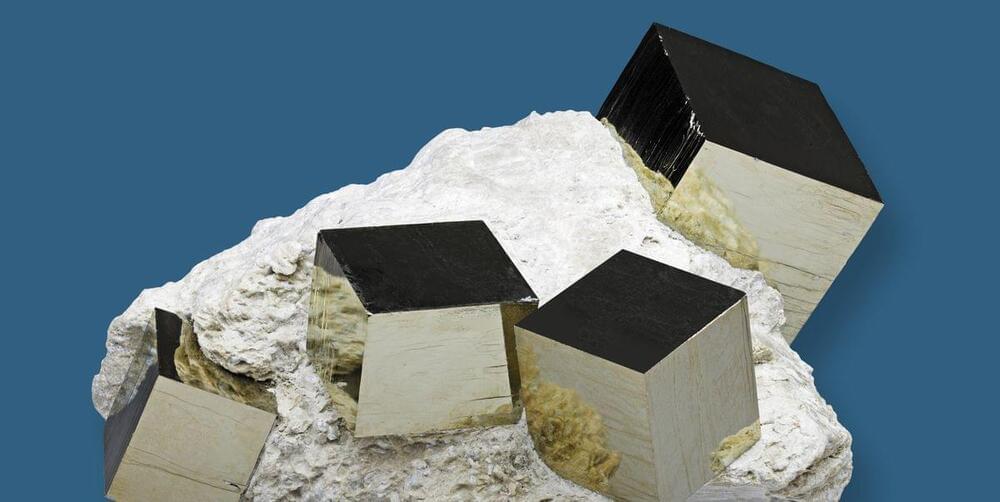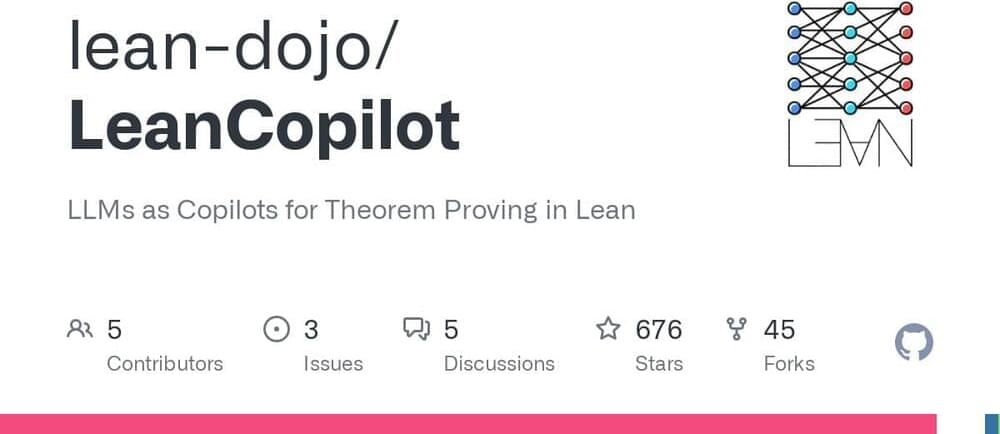It’s like PC versus the Mac all over again.







From tsinghua university, SIGS, & meta reality labs.
MultiBooth.
Towards Generating All Your Concepts in an Image from Text https://huggingface.co/papers/2404.
This paper introduces MultiBooth, a novel and efficient technique for multi-concept customization in image generation from text…
Join the discussion on this paper page.




From UC santa barbara & caltech towards large language models as copilots for theorem proving in lean.
From UC santa barbara & caltech.
Towards large language models as copilots for theorem proving in lean.
P Song, K Yang, A Anandkumar [UC Santa Barbara & California Institute of Technology] (2024) https://arxiv.org/abs/2404.
- The goal of this work is to…
LLMs as Copilots for Theorem Proving in Lean. Contribute to lean-dojo/LeanCopilot development by creating an account on GitHub.